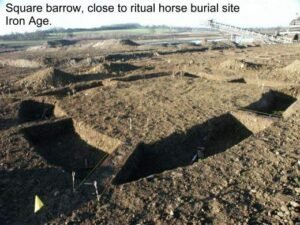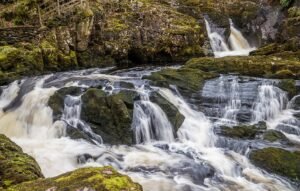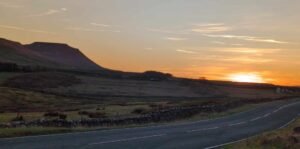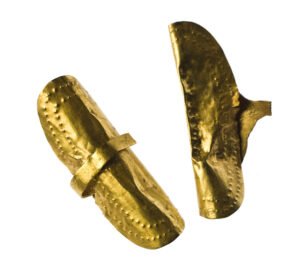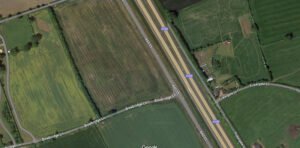The Nosterfield Quarry excavation sits at the heart of one of Britain’s most enigmatic prehistoric landscapes—the Thornborough Henges Complex.
Category: Bronze Age
Jan 23
Guide – Archaeological Periods in Western Europe
Understanding the archaeological periods across Western Europe is essential for exploring the evolution of human societies from prehistory to the beginnings of written history. These periods are generally defined by shifts in technology, social organization, and the environment, and they often vary slightly from region to region.
Ingleborough Iron Age Hillfort
Ingleborough Hill, located in the Yorkshire Dales, is known for its prehistoric significance, particularly its hill fort. The hill fort atop Ingleborough is located at an elevation of about 723 meters (2,372 feet) above sea level, making it one of the highest known Iron Age settlements in the region.
Jun 19
Guide – Agricultural practices through time
Prehistoric Yorkshire is a landscape rich with history, revealed through various archaeological finds that offer a glimpse into the ancient past. The oldest evidence of human activity in this region dates back to around 125,000 years ago, but it is the later periods, particularly the Iron Age, that have yielded significant discoveries related to ploughing and farming.
- 1
- 2

